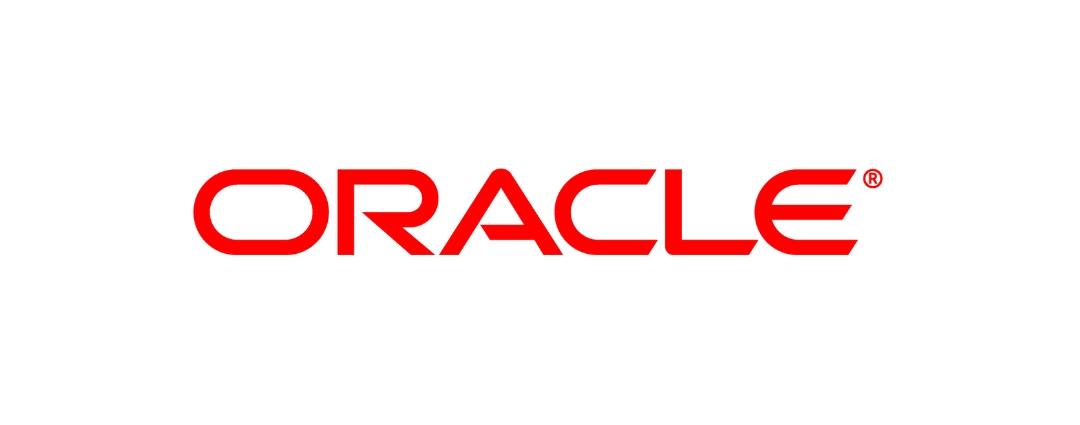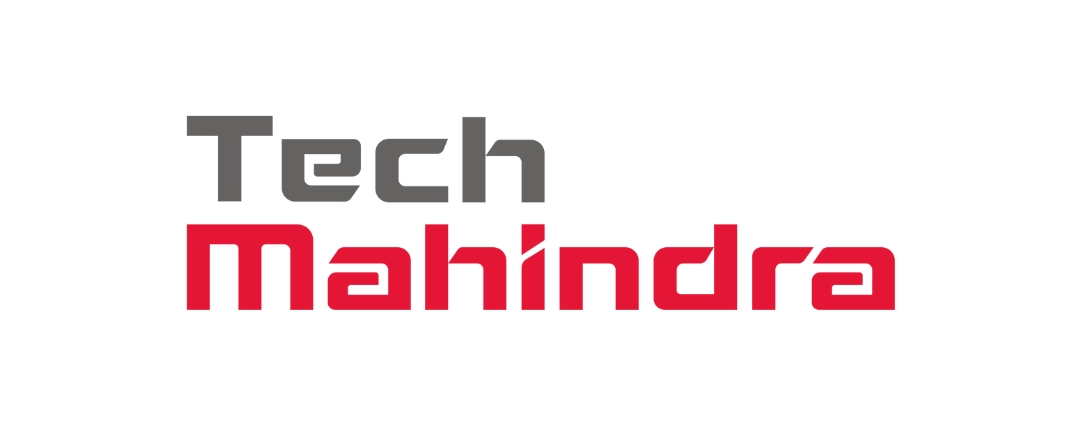On the practical side, the warehouse operations is realizing the full potential of automated storage and retrieval systems, ASRS. The ASRS may be using traditional conveyors for full case pulls, or the Goods to person (G2P) system for partial/single unit picks. Both the systems provide a tremendous advantage in terms of speed, labor cost, and utilization of the space. There are so many players in this space who have proven this trend in multiple industry verticals with different implementation approaches. Likewise, there are IoT (Internet of things), temperature sensors, onboard computers, real-time GPS, and electronic data loggers that provide a great deal of transparency on the transportation side.
Another area that is constantly improving because of the forced demand is inventory accuracy. Gone are the days where a warehouse or store level inventory information was sufficient. This year, beyond just omnichannel delivery operations, companies need to up their inventory accuracy game even at store shelves level to meet the customer expectations. This, in turn, puts more emphasis on store operations, store inventory fulfillment, BOPIS (Buy Online & Pickup in Store), and BOPAC (Buy Online & Pickup at Curb) systems.
Alongside the wide adoption of 5G, one thing we can see getting adopted, from Gartner’s prediction list, is “immersive experience.” Already some of the online retailers have enabled options to upload customer photos and virtually view how a product would or look on them. With the lessons learned in online shopping this year, this trend will grow into the mainstream.
However, as an ending note, it might be practical to point out that a rigid pre-built supply chain software may not be enough to adopt these ever-changing trends. A modern, flexible no-code software platform may be the need of the hour for a nimbler player.















